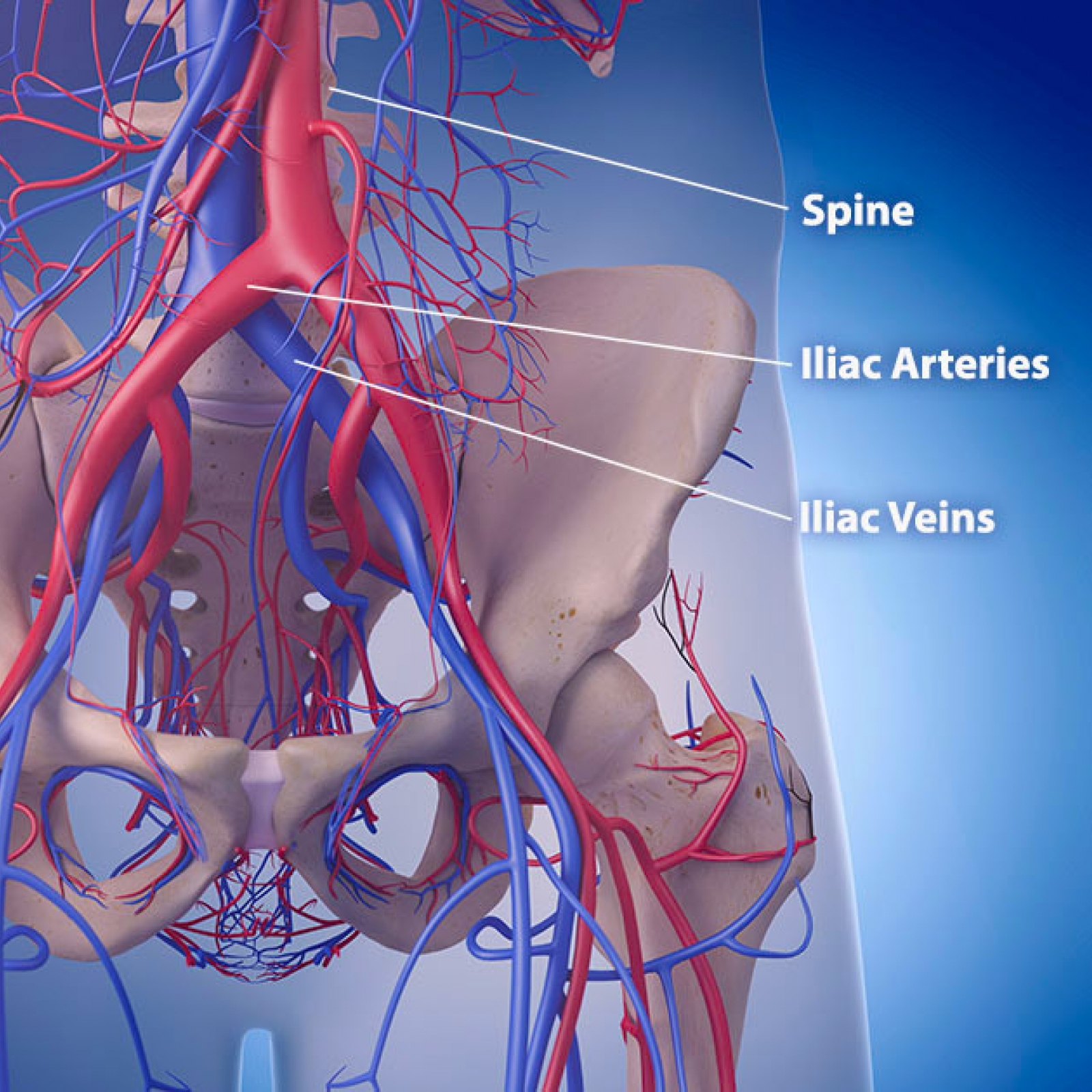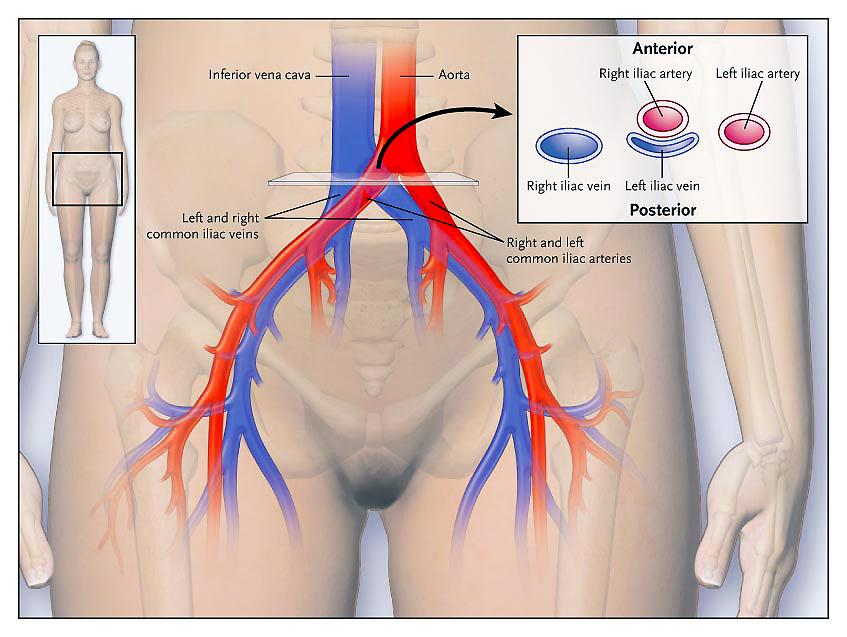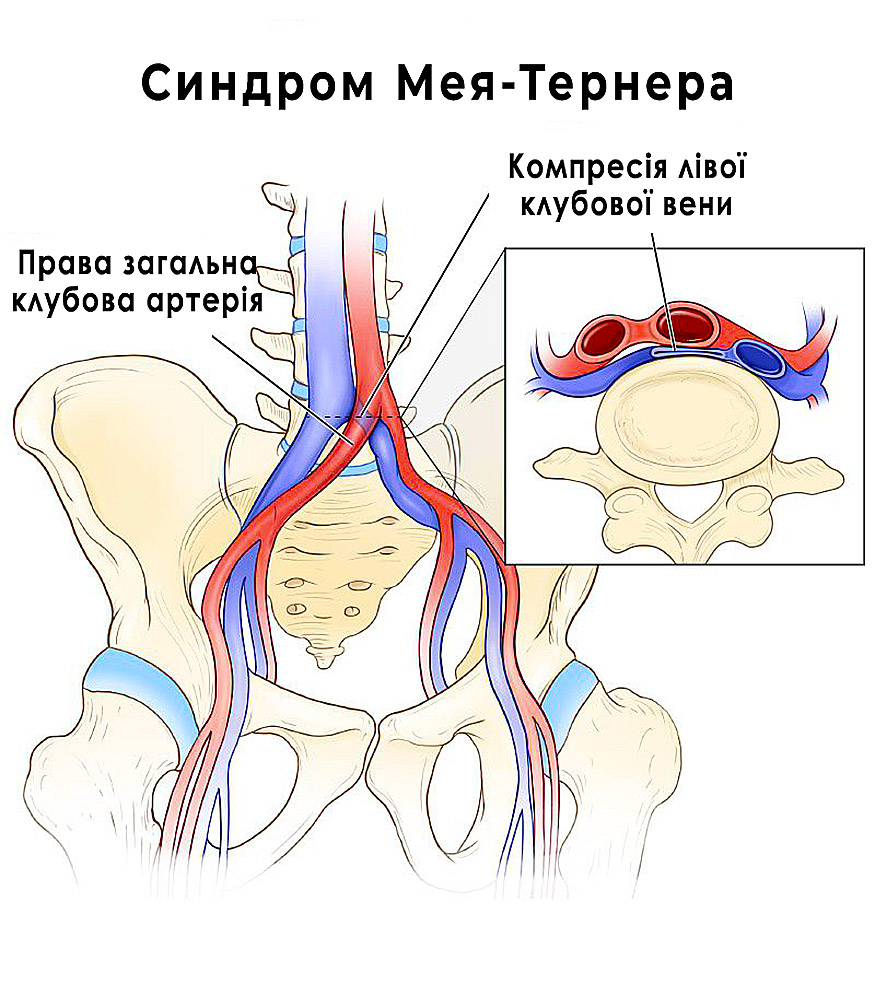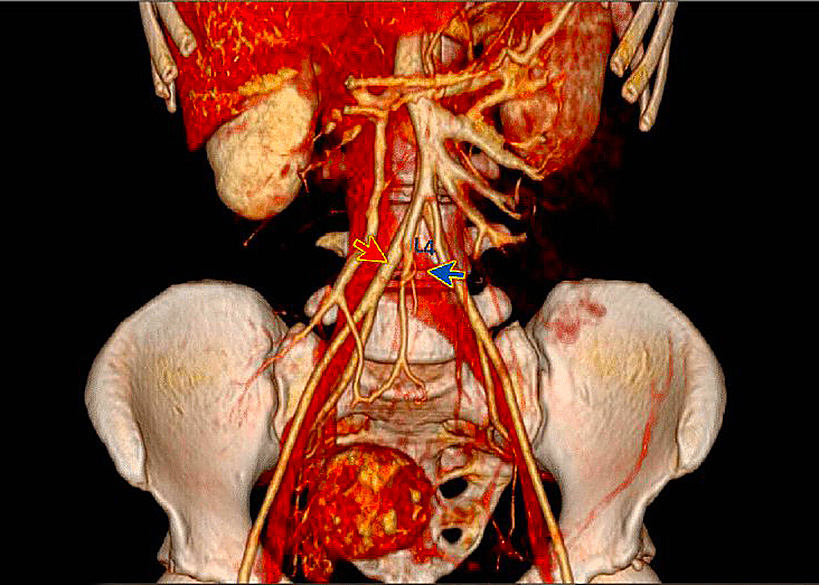- Varicose veins treatment in Kyiv
- Varicose veins treatment in Zaporizhzhia
- Edema and lymphostasis treatment
- Myths about varicose veins
- Massage and varicose veins
- Treatment of varicose veins with hydrogen peroxide
- Veins ache and pull blood vessels
- Can I treat varicose veins with pills?
- Treatment for varicose veins with leeches and bees. Benefit or harm?
- Is it possible to get rid of varicose veins with the help of gels and ointments?
- After 70 years, is it too late to treat varicose veins?
- Do mud baths help with varicose veins?
- Is it possible to get rid of varicose veins with compression knitwear?
- If you make an "open" operation - varicose veins will never appear again. Is it so?
- Are ugly scars and scars left after the operation to remove varicose veins?
- Is varicose veins treatment a long and painful process?
- Is it possible to get rid of varicose veins completely and forever?
- Varicose veins cannot be treated in the summer. Is it so?
- Do you need to go to a surgical hospital for vein surgery or not?
- After removal of varicose veins, the load on healthy veins increases. Is this so?
- Is it possible to play sports after surgery to remove varicose veins?
- Only the elderly suffer from varicose veins?
- Wearing compression hosiery causes muscle atrophy or not?
- Remove veins or not?
- How is the outflow of blood after vein removal?
- Thrombophlebitis treatment
- Nonresident patients
- All about varicose veins
- The risk of complications of varicose veins | Trophic ulcers and no panic
- Causes and symptoms of varicose veins
- Diagnosis of varicose veins
- Stage of development of varicose veins
- Gymnastics and prevention of varicose veins
- Diet for varicose veins
- Why is varicose veins dangerous?
- Treatment of varicose veins of the lower extremities
- Varicose veins and pregnancy
- Varicose disease - what will happen if not treated?
- Varicose symptoms
- Complications of endovenous treatments
- Post-thrombotic disease
- What is phlebology?
- Complications of varicose veins
- All about sclerotherapy
- Vascular diseases
- Treatment results in AngioLife
- Questionnaires and tests for patients and doctors
- For doctots
- Public contract
May-Thurner syndrome
- Home
- Vascular diseases
- May-Thurner syndrome

Mayo-Thurner syndrome, also known as ileofemoral stenosis, is a medical condition characterized by compression of the left iliac vein by the right iliac artery. This compressive effect can impair normal circulation in the pelvis and left lower extremity, causing a variety of symptoms and possible complications.
Causes of May-Turner syndrome
-
Anatomical features:
Mayo-Turner syndrome is often associated with abnormal anatomy in which the iliac artery compresses the iliac vein. This may be caused by abnormal compression as a result of their close proximity. -
Genetic factors:
Some cases of Mayo-Turner syndrome may have a genetic predisposition. Inherited characteristics associated with the development of vascular abnormalities may play a role in the occurrence of this condition.
-
Risk factors and exposure:
Prolonged pressure on the vessels in the pelvis, such as from prolonged sitting or standing, can contribute to the development of Mayo-Turner syndrome. This is especially important for people who lead a sedentary lifestyle or are exposed to other factors that increase pressure in the veins.
-
Gender difference:
Mayo-Turner syndrome is more common in women, although it can also occur in men. Differences in pelvic organ structure may play a role in increasing risk in women.
-
Pregnancy:
Pregnancy may be a risk factor for developing Mayo-Turner syndrome. An increase in the size of the uterus and changes in blood circulation during this period can affect vascular dynamics in the pelvic area.
It is important to note that the exact causes of this syndrome may vary from case to case, and many aspects of this issue require further research.

Symptoms of Mayo-Turner syndrome
-
Swelling and Heaviness in the Leg:
Patients often experience swelling in the affected leg, especially at the end of the day. A feeling of heaviness and fatigue in the leg may also be present. -
Pain:
Pain in the area of the iliac vein and artery may be noticeable. These pains may worsen with prolonged walking or standing and may be heaviness or throbbing pain.
-
Changes in Skin Color:
There may be changes in skin color in the area affected by Mayo-Turner syndrome. The skin may be pale or, conversely, have a cyanotic (blue) tint.
-
Thermal Changes:
Patients may notice changes in skin temperature in the affected leg. This may be due to disruption of normal blood flow and thermoregulation.
-
Discomfort when Walking:
Some people may experience discomfort or pain in the pelvis or upper leg when walking, which may limit their activity.
-
Pulsation Feeling:
In rare cases, patients may feel a throbbing sensation in the area where the artery is being compressed.
It is important to note that symptoms may appear differently in different people, and their severity may depend on the degree of compression of the artery and individual characteristics of the body.
Diagnosis of Mayo-Turner syndrome
-
Ultrasound Examination of Vessels (Duplex Scanning of Veins):
Ultrasound is a common method for diagnosing Mayo-Turner syndrome. With this procedure, the doctor can visualize the structure of the iliac artery and vein, determining the presence of stenosis (narrowing) and assessing blood flow. -
Magnetic resonance angiography (MRA):
MRA uses magnetic fields and radio waves to create detailed images of blood vessels. This method may be effective in determining the degree of compression of the iliac artery.
-
Computed tomography (CT):
CT angiography can be used to visualize blood vessels using X-rays. This method also allows you to evaluate the structure and function of the arteries.
-
Phlebography:
Venography is a procedure in which a contrast agent is injected into a vein to create X-ray images of the venous system. This technique can be used to further visualize structures in the pelvis.
-
Angiography:
This is a procedure during which the doctor injects a contrast agent into the blood vessels and then takes x-rays. Angiography can be used to more accurately visualize vessels and assess the degree of stenosis.
After diagnostic tests are performed and the presence of Mayo-Turner syndrome is confirmed, the doctor can determine the best treatment plan, including medications or surgical interventions such as angioplasty or stenting. It is important to discuss diagnostic results and optimal treatment strategies for your specific case with your doctor.
Treatment of Mayo-Turner syndrome
Treatment of Mayo-Turner syndrome may include conservative methods, medication and surgery, depending on the degree of compression of the iliac artery and the presence of complications. In 90% of cases, Mayo-Turner syndrome can be treated without surgery.
Conservative approaches may include:
-
Observation and Rest:
Rest and avoiding long periods of standing or sitting may help reduce the symptoms of Mayo-Turner syndrome. This may also include keeping the leg elevated to improve venous drainage. -
Physiotherapy and Exercises:
Special exercises aimed at strengthening muscles and improving blood circulation can be included in the treatment program. A physical therapist can develop customized exercises to help relieve symptoms.
-
Wearing Compression Underwear:
Individually selected compression stockings or tights (2-4 classes of compression) can help improve venous circulation and reduce swelling in the legs.
-
Drug Treatment:
Medicines such as anticoagulants or anti-inflammatory drugs may be used to improve blood flow and reduce inflammation.
-
Lifestyle Change:
Smoking avoidance and weight control may be important components of treatment. Some lifestyle changes can help reduce risk factors and improve your overall health.
-
Risk Factor Management:
If a patient has risk factors such as a sedentary lifestyle, excess weight or smoking, correcting them may help improve symptoms.

Surgical treatment of Mayo-Turner syndrome
May be considered in cases where conservative methods do not provide sufficient relief of symptoms or when serious complications are present. Indications for surgery may include the following situations:
- Severe and Persistent Symptoms:
If symptoms such as pain, swelling, and heaviness in the leg become severe and do not respond to conservative treatment. - Presence of Complications:
If Mayo-Turner syndrome leads to complications such as thrombosis or thrombophlebitis, which can pose a serious medical risk. - Progression of the Condition:
When compression of the vein continues to progress and conservative methods cannot prevent the condition from worsening. - Ineffectiveness of Drug Treatment:
If drug treatment does not produce the desired results and symptoms persist or worsen.
Surgical techniques such as angioplasty, stenting, or even open surgery can be used to improve blood flow to the affected area and relieve the symptoms of Mayo-Turner syndrome. The decision on surgical treatment is always made by the doctor based on a comprehensive analysis of the patient’s condition and the individual characteristics of each case.
The ANGIOLIFE Vascular Center provides diagnostics and conservative treatment for patients with May-Turner syndrome.
about services by phone

